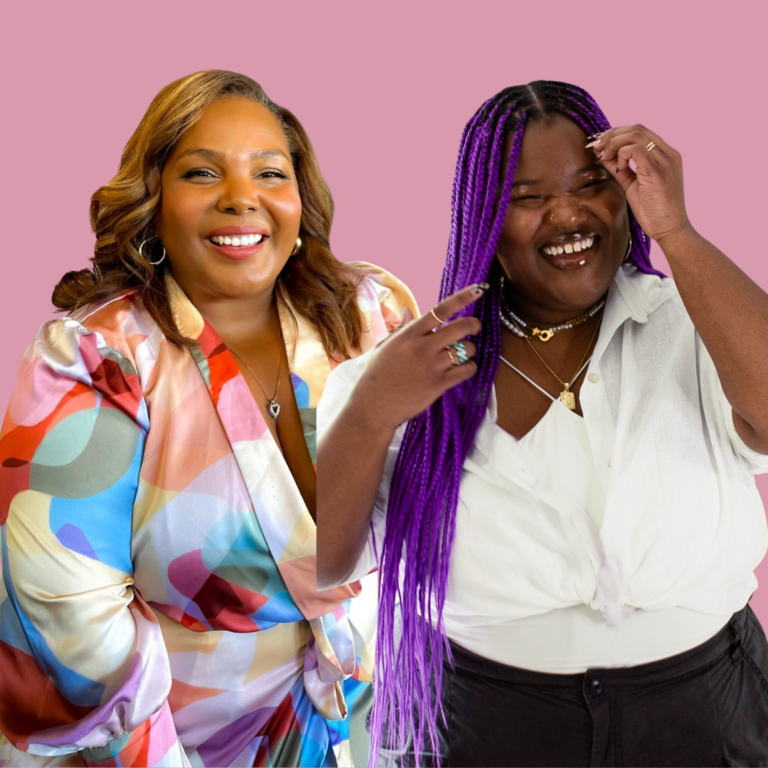Shopping looks a little different online. The lighting is objectively better and the dressing rooms (for the most part) are less traumatizing in the comfort of your home. By replacing the polite banter with a kind, witty shop assistant, you’re conversing with the famed face of your favorite channel (YouTube not cable). Finding yourself tuned in and checking out with the curators of your ideal lifestyle, making influencers in this realm more influential than ever before.
Livestream shopping is the next frontier of influencer marketing, a craze washed across from the shores of Asia – a locale in which social media mavens can draw a crowd of millions and sales of even larger volume. The Lipstick King is one famed example of this. Austin Li Jiaqui earned his lacquered title with sell-through numbers that seem truly too glossy to be true. Taking the helm of Alibaba’s Taobao platform on Singles Day, he conducted a roaring trade of $1.7 Billion in under 12 hours. Audiences were so enthralled they crashed the platform. Twice.
A testament to the community connection he’s crafted and the minute by minute analysis the platform offers, something Western platforms are yet to fully capture. But why? Not all influencers want to sell in that way. A cultural nuance yet to find its star-spangled foothold, the transactional experience here between talent and consumer is often far more subtle. Navigating #ad and a brand-fit maze while dodging multi-digit deals from brands with budgets too big for their clout. Too often do briefs land across agency desks that wreak of audience alienation or adverts so overt they stink of cash at the expense of community. Creators are cautious and they have every right to be.
Perhaps in the wake of TikTok and the anti-ad though (coined by Girl Boss Town), this tide is turning. We’ve seen Doja Cat dribble about JBL and Dixie D’amelio use the phrase ‘hey guys’ with an extra lashing of irony. Two signs that influencers and celebrities are turning to the fourth wall and embracing their selling power rather than shying. While retailers and brands are on the search for their Lipstick King and Queen, for the influential few who can command an audience and allowance, the opportunities are especially bright.
And the platform support is building too, one metric-led tool at a time. TikTok, YouTube, Instagram and Twitch have all bolstered their creator suites to help engender sales abound for those inclined to take their audiences on a shoppable journey. At the same time, the purpose-built Amazon Live, Supergreat and VeriShop amongst others, have each fortified their niche and are able to grow talent in-house, plucking the most personable and sales-savvy from their bedrooms and elevating them to superstar status.
In its year of testing over 30 livestream shopping shows, Buzzfeed found that the manicured faces did not drive, instead it was subject matter experts that reigned. Camera readiness mattered less than their ability to improvise amidst comments flying and consumer queries mid-stream. A talent profile carved differently to our Instagram heroes and TikTok faces, but a talent no less.
Klarna the layby luxe, shop-now, pay-eventually platform is also throwing their bundle at livestream shopping and facing a similar dilemma: to go the QVC route of host education, a rigorous 6-month training of the already camera-angle-aware or pluck an emerging face from social media. Product awareness, audience aptitude and personability make for a hard to source trifecta despite the massive amount of career-influencers blooming.
Recalling an era where we all wanted to be TRL hosts or MTV VJs, livestream shopping feels all too familiar. There’s no doubt personality sells but treating hosts like affiliates is remiss. A brand without a host, ceases to sparkle. Nor does a 10% commission does not seem to properly value them. We can expect to see a reformation of how these partnerships work in streams to come. Measuring in sales or engagement alone lacks the broader impact the right talent can have on a brand. One attractive option could be to position it in the hands of your selected talent and treat the livestream as a documentary-sized segment about your beloved product range. The sales that come second touch with retargeting and future engagement outside the hour broadcast could be plentiful. And the conversation lives on, beyond a single soundbite and into an evergreen endorsement.
This conversation is what customers (aka people) crave. Authentic dialogue is invaluable and because this type of conversation is ever more clickable, it’s the two-way street modern shoppers demand. They want to know the brand intimately and expect every touchpoint to tantalize, while having their grievances heard and fixed swiftly. Consumers want front-row seats to their favorite brands, drops and creators and livestream shopping provides exactly that first-class experience. Will you be tuning in?

Emily McDonagh
PR and Social Strategy Manager at Youthforia
Emily McDonagh is the well-written beauty marketing and brand nerd from Australia, taking up residence now in San Francisco. Crafting the social strategy and influencer footprint across the likes of Ford at Ogilvy, Australia’s largest bank and beloved beauty brands Go-To Skin Care and Youthforia. Alongside writing here at WIIM and Doré, the style destination built by outfit icon Garance Dore. Soon launching her own podcast Bra(i)nded, delving into the brains behind the brands you love.




